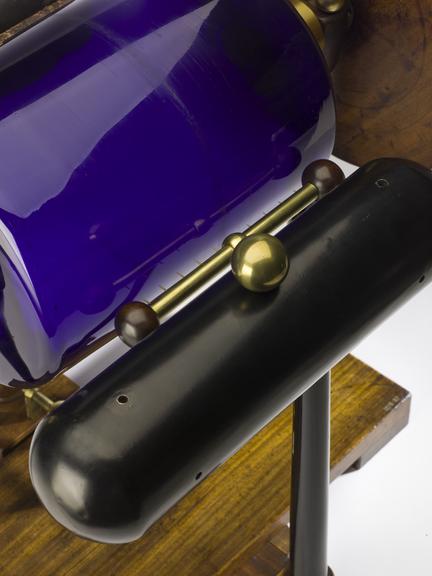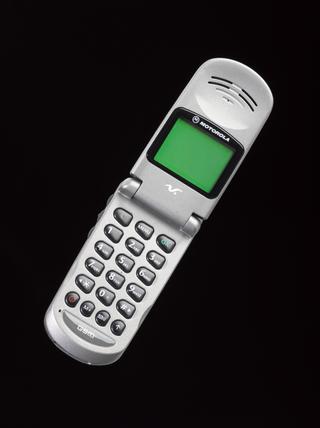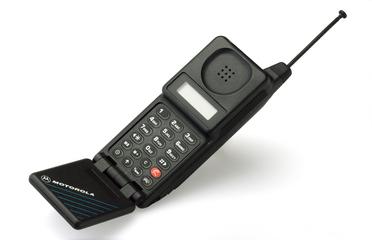
Cylinder electrical machine, 1810-1817
- Made:
- 1810-1817 in City of Westminster
- maker:
- George John Singer






Cylinder electrical machine made by George John Singer, electrical researcher and lecturer at 3 Princes Street, Cavendish Square, London, England, 1810-1817. Used by Sir Francis Ronalds (1788–1873), inventor and meteorologist at the Kew Observatory after 1843.
Sir Francis Ronalds was one of the earliest pioneers of electric telegraphy. In 1816, Ronalds built two frames, holding eight miles of wire. At each end, a clockwork mechanism showed the letters of the alphabet on a disc revolving behind a window through which one letter at a time was visible. Also at each end were two pith balls suspended from a silk thread. The wire itself was charged using static electricity. When the mechanism showed the letter that Ronalds wanted to transmit, he earthed his end of the wire, causing the pith balls at the other end to fall. The person at the receiving end would watch for which letter was displayed. Ronalds offered his invention to the British Government, but they rejected it, saying that telegraphs were no longer needed. The Napoleonic wars had just ended and the existing optical telegraphs were themselves to be closed down.
Details
- Category:
- Telecommunications
- Object Number:
- 1876-87
- Materials:
- steel (metal), glass, brass (copper, zinc alloy), leather, ivory, wood (unidentified) and pitch
- Measurements:
-
overall: 590 mm x 550 mm x 470 mm, Wt.11.5kg
- credit:
- Donated by Kew Observatory (HM Office of Works)




